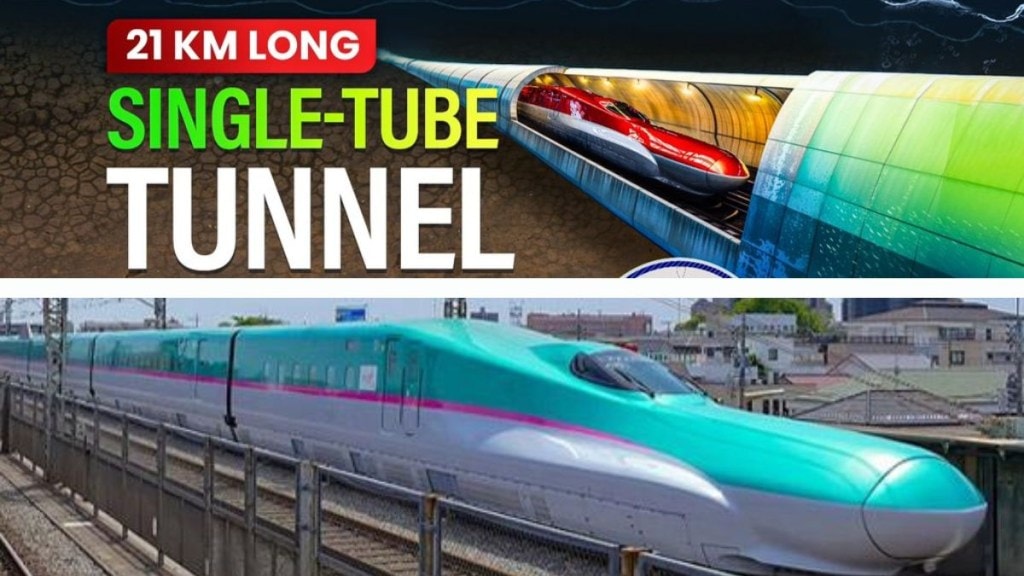Mumbai-Ahmedabad Bullet Train: India is poised for a significant transformation in its transportation network with the Mumbai-Ahmedabad bullet train project, marking a major step forward for high-speed rail travel in the country. The National High-Speed Rail Corporation Limited (NHSRCL) on Monday (October 7) announced a significant milestone in India’s Bullet Train project, highlighting the construction of a 21-kilometer-long single-tube tunnel.
This engineering feat will include a 7-kilometer undersea section, designed to house twin tracks for both up and down travel. The tunnel is a key component of the ambitious Mumbai-Ahmedabad bullet train route.
In a post on X, formerly known as Twitter, NHSRCL stated, “Did you know? The #BulletTrain project is setting a monumental milestone in India! It will feature a remarkable 21 km long single-tube tunnel including 7km undersea tunnel designed to accommodate twin tracks for both up and down travel.”
Noise Reduction Measures
In addition to the engineering advancements, steps are being taken to mitigate the environmental impact of the high-speed rail project. NHSRCL has begun installing 2-meter-high noise barriers along the train corridor, each weighing between 830 and 840 kilograms. These barriers are designed to reduce the noise generated by the high-speed trains.
By reflecting and dispersing sound caused by the trains’ aerodynamic movements, the barriers aim to significantly lower noise pollution in areas near the rail line. This initiative demonstrates the project’s commitment to protecting the well-being of surrounding communities.
A crucial milestone was reached in July when Railways Minister Ashwini Vaishnaw announced that the land required for the project—spanning 1,389.5 hectares—had been fully acquired. This achievement brings the ambitious project closer to reality and highlights the nation’s commitment to advancing its infrastructure.
92% of bullet train track to be elevated
Approximately 92% of the high-speed railway track for India’s Bullet Train project will be elevated, running on viaducts and bridges. Of the total 508.09 kilometers, 460.3 kilometers (90.5%) will be constructed as viaducts, while 9.22 kilometers (1.8%) will span bridges. Additionally, 25.87 kilometers will pass through tunnels, including a 7-kilometer undersea section, and 12.9 kilometers (2.5%) will be built on embankments or cuttings.
The elevated design offers numerous advantages. It allows for unobstructed natural water flow, ensures crossings at all locations with a clearance of 5.5 meters over roads (the highest clearance for road networks), enhances safety by reducing external interference, and minimizes land usage. Elevated tracks require just 17.5 meters in width compared to the 36 meters needed for conventional railway tracks, making it a more efficient and secure design choice.

